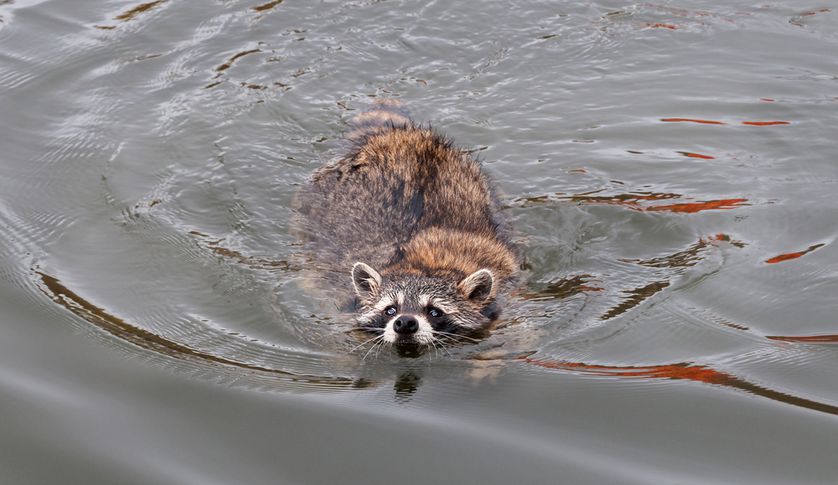When the mercury races to the top of the thermometer, you probably stay inside with the AC running, but how do wildlife beat the heat, and what can you do to lend a helping hand? If you’re interested in helping wildlife in the summer, there are several things you can do.
Keeping Your Distance
While it’s understandable that you want to do everything you can to help summer wildlife when it gets uncomfortably and dangerously hot, maintaining a safe distance is the first rule of thumb. When an animal is under stress, its behaviours can be unpredictable. Even the least aggressive creatures can lash out at anything that gets close.
It is also essential to keep a close eye on your pets. Your dog or cat may be curious about a wild animal attempting to cool off in the shade of your home or trees, or they may see a helpless critter as an opportunity to act on their hunting instincts. Wild animals can injure you or your pets. They can also transmit numerous diseases — including rabies — through bites, scratches and even their urine and feces.
Giving wildlife their space is also safer for them. Approaching a wild animal can scare it and cause it undue distress. The animal may dart into traffic or put itself into some other dangerous situation to escape a perceived or real threat. These situations cause them to expend precious energy, doing them more harm than good. Additionally, if the critter grows too accustomed to humans, it may lose its fear of them. This is why you should always keep yourself and your pets away from the wildlife you see.
Staying Cool When It Gets Hot
Wild animals evolve coping mechanisms to help them survive summer temperatures. They know how to find shady spots and may look for shelter in homes and other structures. Our homes, decks, sheds and porches, all offer places for wildlife to beat the heat. They become less active and may sleep more to conserve precious energy.
Many animals (including your dog!) splay themselves out, so they have as much of their bodies touching the ground or other surface as possible to cool off, a behaviour known as splitting. Similarly, other animals dig a shallow hole and lay in it. The ground does not absorb heat well, so they don’t need to dig deep to reach cooler earth.
Helping Wildlife in the Heat
Even though wild animals have evolved to deal with adverse weather, extreme temperatures still pose a danger. You can help wildlife beat the heat from a distance. Here are a few things you can do:
- Provide water: During hot weather, hydration is crucial. Putting water out for wildlife is one of the best things you can do for them. Make sure you keep it cool and clean. It’s best to place it in the shade and change it frequently. Be sure to place the water as close to the ground as possible to allow as many different types of wildlife as possible to have a cool drink.
- Get a bird bath: Bird baths serve two purposes. They provide a drinking source for your feathered friends and give them a way to cool off when It’s hot. Keeping them clean and refilling them frequently is essential.
- Give them shelter: Providing shelter keeps wildlife cool and discourages them from entering your home. If your property does not have shade trees located away from your home, create shaded areas by erecting sunscreens. You can also build rock structures that give smaller animals a cool place to hang out.
Whatever you do to help wildlife beat the heat, it’s usually a good idea to make sure you place food, water and shelter at the edges of your property.
Getting Help With Wildlife Removal
If you discover wildlife attempting to beat the heat by making a home in your attic or basement, Skedaddle is here to help. Our wildlife removal techniques keep the animals and you safe. We can also provide guidance in helping wildlife in the summer without inviting them into your home again. Reach out today to learn what we can do for you.



